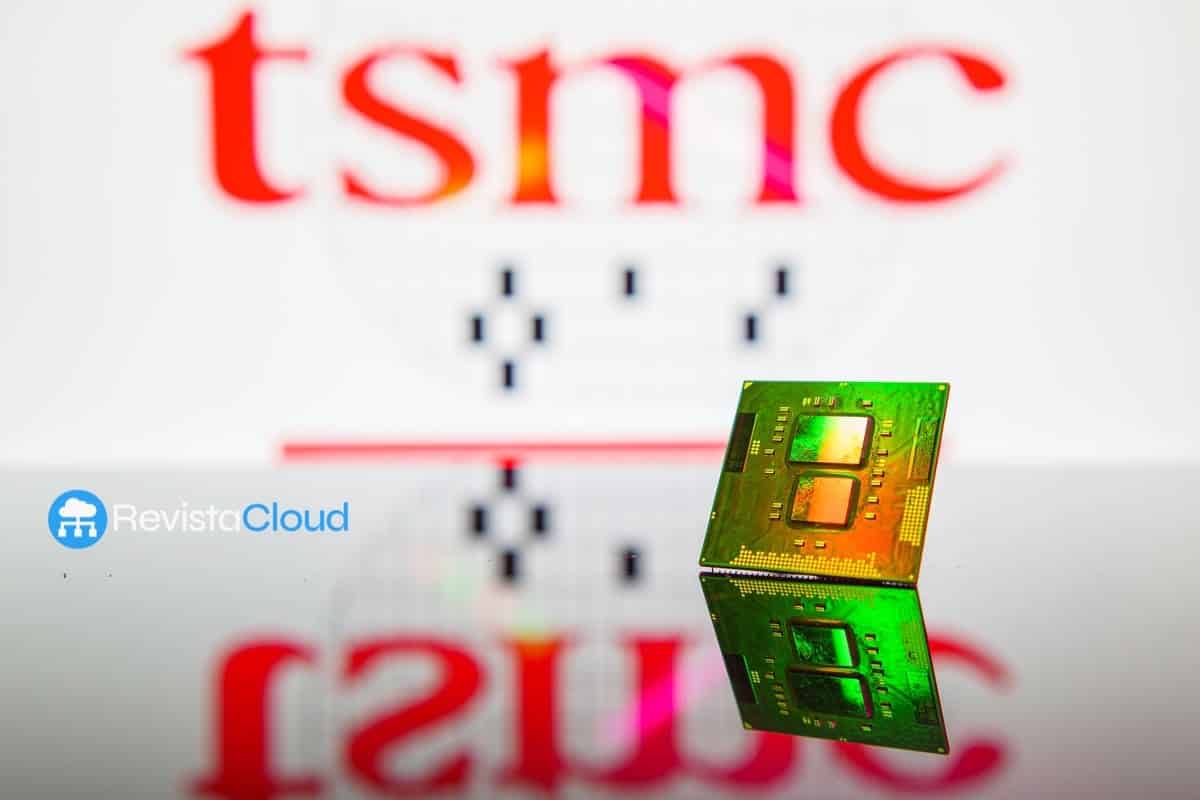In a clear bid to maintain its hegemony in the global semiconductor industry, Taiwan Semiconductor Manufacturing Company (TSMC) will accelerate the construction of a new plant in Shalun, Tainan (Taiwan), aimed at the production of 1-nanometer (nm) chips. This ambitious project, internally dubbed “Fab 25,” will not only solidify TSMC’s position as a technological leader but will also send a clear message to its competitors, particularly Intel and Samsung, as well as to the geopolitical pressures from the United States and China.
According to internal sources, the new facility, known as Giga-Fab, will feature six 12-inch wafer fabs, the largest currently available. This investment, which would exceed $32 billion, reinforces TSMC’s commitment to Taiwan, despite its international expansion into countries such as the United States, Japan, and Germany. The company has decided to focus its efforts in its home country to develop its most advanced nodes, presenting a direct challenge to U.S. threats to impose a 100% tariff on Taiwanese products.
A “New Silicon Valley” in Southern Taiwan
The TSMC project is part of a broader government plan to transform the region into a “New Silicon Valley” specialized in high technology. The Taiwan Southern Science Park Administration is assessing the feasibility of an Ecological AI Science Park in Shalun, aimed at attracting investments in materials and peripheral equipment.
This effort complements the creation of the “S Semiconductor Corridor,” led by Kaohsiung Mayor Chen Chi-mai, which integrates multiple technology and industrial parks to strengthen the supply chain and boost Taiwan’s competitiveness in the sector. The region offers significant incentives for the industry, facilitating the establishment of an integrated industrial ecosystem.
The Technical Challenge and the Race to 2030
The development of 1 nm technology represents one of the largest technical and financial challenges in the semiconductor industry. TSMC plans to use advanced architectures and 3D packaging to integrate trillions of transistors into each chip, with mass production projected for 2030.

However, the path is not without obstacles. The industry faces issues with yield rates, material supply, and costs, which could affect the project’s viability. Nevertheless, TSMC has a five-year window to address these challenges and solidify its technological advantage.
Global Competition and Geopolitical Pressures
As TSMC advances, its competitors are not lagging behind. Intel and Samsung are also seeking to position themselves in the race toward the most advanced nodes, although the gap with TSMC continues to widen. Additionally, China emerges as a potential rival, making strides in manufacturing EUV (Extreme Ultraviolet Lithography) tools. If it manages to dominate this technology within the next two years, it could pose the greatest challenge to TSMC.
In a geopolitical context marked by tensions between the U.S. and China, Taiwan finds itself in a delicate position. TSMC faces not only trade pressures, such as tariff threats from Donald Trump, but also the risk of Chinese interference in its supply chain.
A Bet on the Future
With the upcoming Fab 25, TSMC seeks not only to maintain its technological leadership but also to redefine the global semiconductor market. Its bet on Taiwan, bolstered by an ambitious government plan, could transform the region into the new epicenter of high technology. However, the success of this project will depend on its ability to overcome technical, financial, and geopolitical challenges in the race toward 1 nm chips.
Meanwhile, the world watches as TSMC, Intel, and Samsung compete for the future of computing, in a battle where nanometers make the difference.

